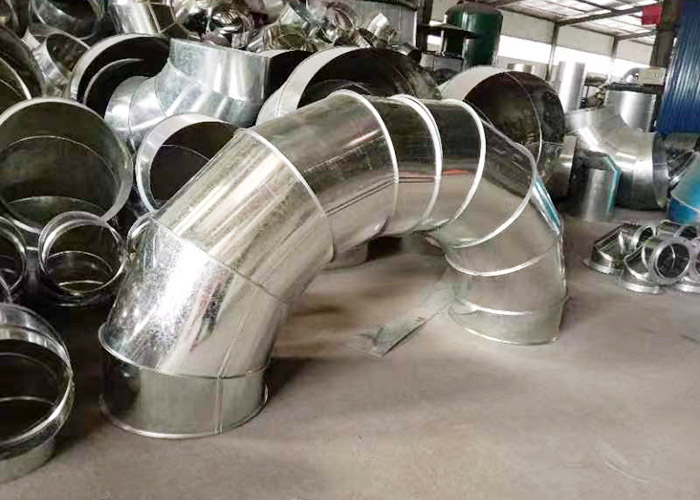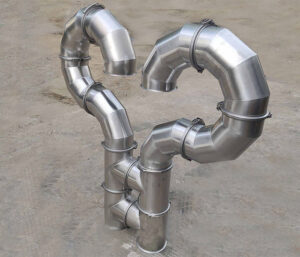Introduction
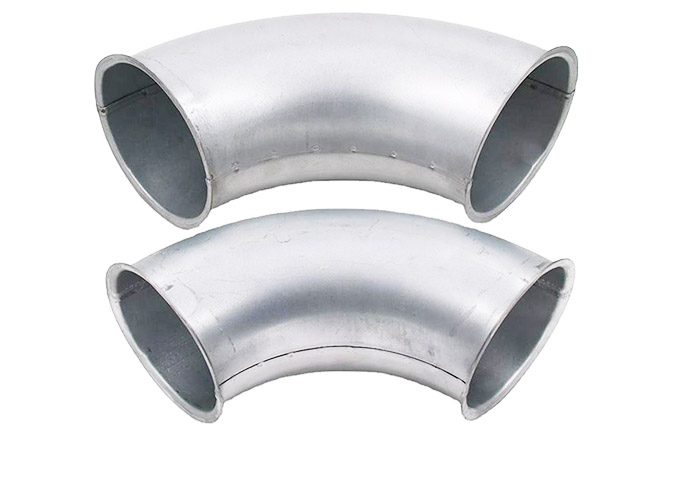
To ensure that the ducting systems are functioning properly, there is an important role associated with bends. Often referred to as the dust bends or duct elbows are an essential component of light ducting. Effective and efficient means of transportation of debris, mist and dust are ensured from one point to another by these bends within the systems.
Moreover, airflow issues can arise due to the accumulation of particles in certain areas, in the absence of bends and curves. The importance of bends can be seen from their potential capabilities to reduce material within systems and minimize clogs making them highly important for the industrial ducting. Furthermore, bends can be easily used in systems where engineers do not need to make any modifications in layout designs due to their extreme flexibility. Furthermore, Clampia can undertake the production and manufacturing of any radius bends on request.
“Two” Most Popular Types of Ducting Bends
Pressed Bends
These are the most popularly used duct elbow types used in duct collection systems. Due to their quick-fitting abilities, they can connect on both flange ends by quick-release clamp pull rings. Therefore, this allows the process of assembling and disassembling them easy and convenient. In addition to the aforesaid, these bends are easily adjustable and compatible with any quick-fit ducting. The bend radius is around R = 1.5D, a thick wall being gauge 22 and there are four angled elbows available at 30°, 45°, 60°, and 90°. Construction of Galvanized and Stainless-Steel Materials.
The diameter for duct bends ranges between DN80 and DN300. Made of two preformed halves, it is a kind of spot-welded or stitch-welded elbow. Stamped out from our existing stamping dies are the half elbows which are later stitched to a whole piece. These elbows are very light and can be used in the dust collection industry to extract in air extraction systems and vacuum. Moreover, they are no made from heavy gauge galvanized steel which is why they can be used in the transportation of waste materials like dust and chips, bulk good handling, and low-pressure pneumatic conveying along with the transportation of grains.

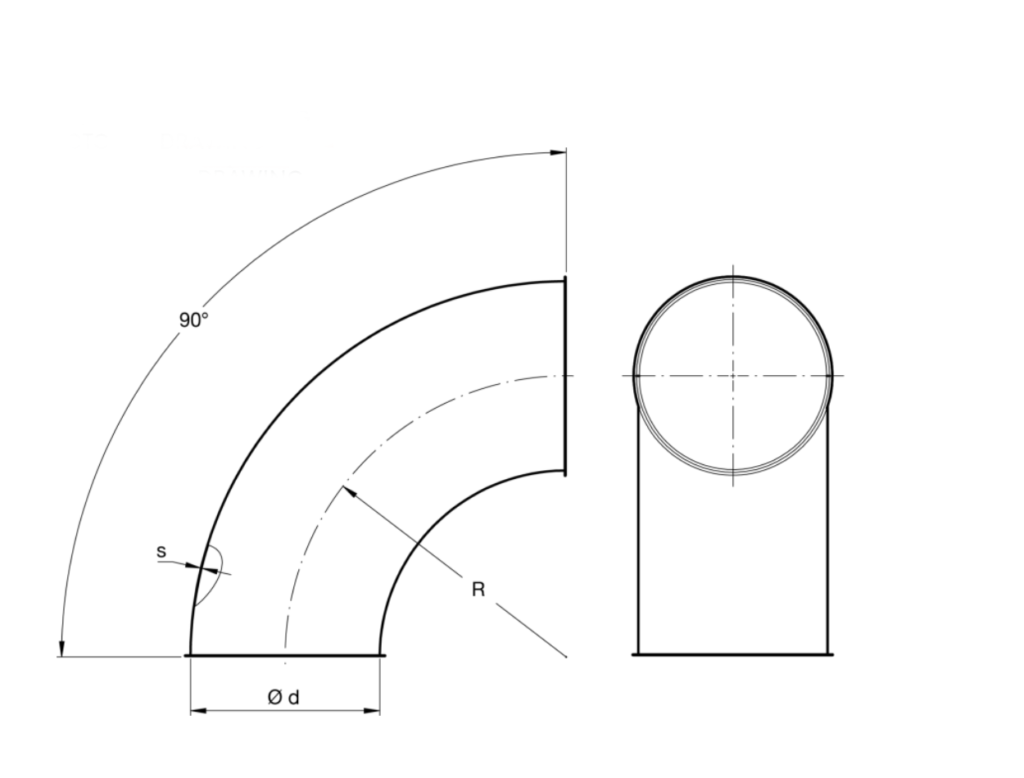
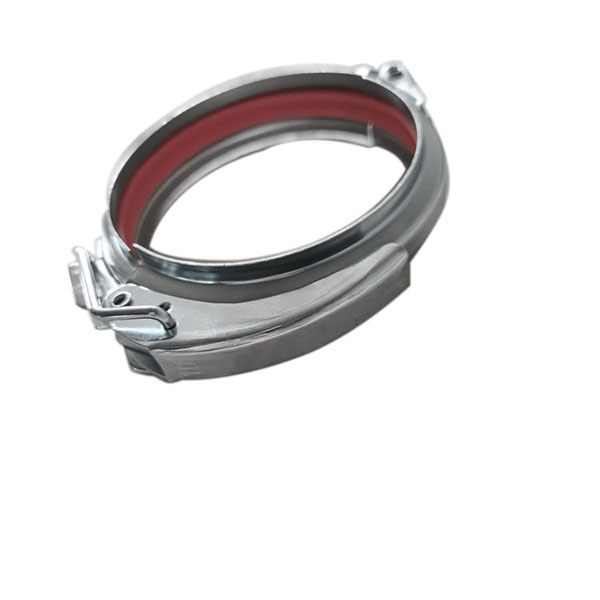
There are clamps of various types which makes the process of assembly very convenient and easy. These clamps are readily available here. Moreover, the elbow ends can be fitted with great ease with flanged lips or flange.
Segmented Bends
Lobster back segmented bends are used for 350 to 450 mm light ducting , like dust collection and fume extraction system.
They are also known as gored bends by some people. The radius is still 1.5D however we can provide bends with a bigger radius like 2.0D. Usually lock seam processing is a mechanical process used for joining elbows together. However, welding can be done for the same process. Furthermore, if you particularly need a lock seam process the maximum thickness for the material can be made to 18 gauge. It is compatible with the quick-fit flange ducting which is connected to our clamps. The elbow ends can be fitted at 90 Degree flagging lip or can be fitted flange.
We want to explain that pressed and segmented bends are used for industrial dust collection ducting systems and are specially made from galvanized steel or stainless steel which gives them a long service life.


